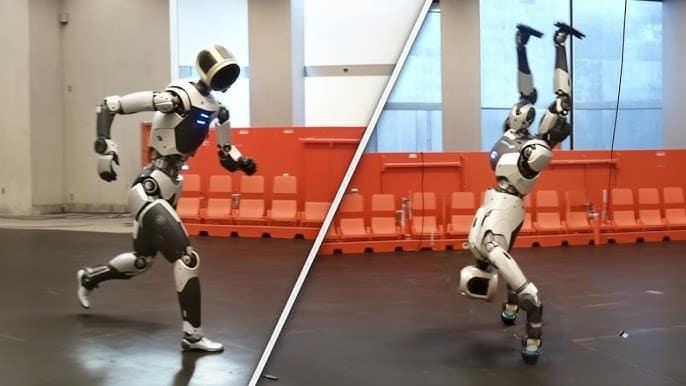Nvidia Unveils Groundbreaking AI Model for Robotics

Nvidia has launched a revolutionary artificial intelligence model, Cosmos-Transfer 1, designed to enhance the training of robots through simulation. Released last week, this open-source large language model (LLM) aims to empower AI-driven robotics hardware, also known as physical AI. The Santa Clara-based tech giant emphasizes that this model provides users with unprecedented control over the simulations generated, marking a significant advancement in the field.
Nvidia Releases AI Model to Train Robots
The rise of simulation-based robotics training has been fueled by recent advancements in generative AI technology. This innovative approach focuses on hardware that utilizes AI as its core processing unit. By training these AI systems in diverse real-world scenarios, robots can learn to perform a broader range of tasks, moving beyond the limitations of traditional factory robots that are typically programmed for single functions.
Nvidia’s Cosmos-Transfer 1 is part of the company’s Cosmos Transfer world foundation models (WFMs). This model processes structured video inputs, including segmentation maps, depth maps, and lidar scans, to produce photorealistic video outputs. These outputs serve as a training ground for physical AI, allowing for more effective and realistic training environments.
A recent paper published in the arXiv journal highlights the model’s enhanced customization capabilities compared to its predecessors. Developers can adjust the weight of various conditional inputs based on their spatial locations, enabling the creation of highly controllable simulation environments. Additionally, the model supports real-time world generation, which facilitates quicker and more varied training sessions for AI systems.
Technical Specifications of Cosmos-Transfer 1
The Cosmos-Transfer 1 model is a diffusion-based system featuring seven billion parameters. It is specifically designed for video denoising within the latent space and can be modulated through a control branch. The model accepts both text and video inputs, allowing it to generate photorealistic output videos. It supports four types of control input videos: canny edge, blurred RGB, segmentation mask, and depth map.
Nvidia has tested the AI model on its Blackwell and Hopper series chipsets, with inference conducted on the Linux operating system. The model is available under the Nvidia Open Model License Agreement, permitting both academic and commercial use. Interested users can download Cosmos-Transfer 1 from Nvidia’s GitHub and Hugging Face listings.
Observer Voice is the one stop site for National, International news, Sports, Editor’s Choice, Art/culture contents, Quotes and much more. We also cover historical contents. Historical contents includes World History, Indian History, and what happened today. The website also covers Entertainment across the India and World.

